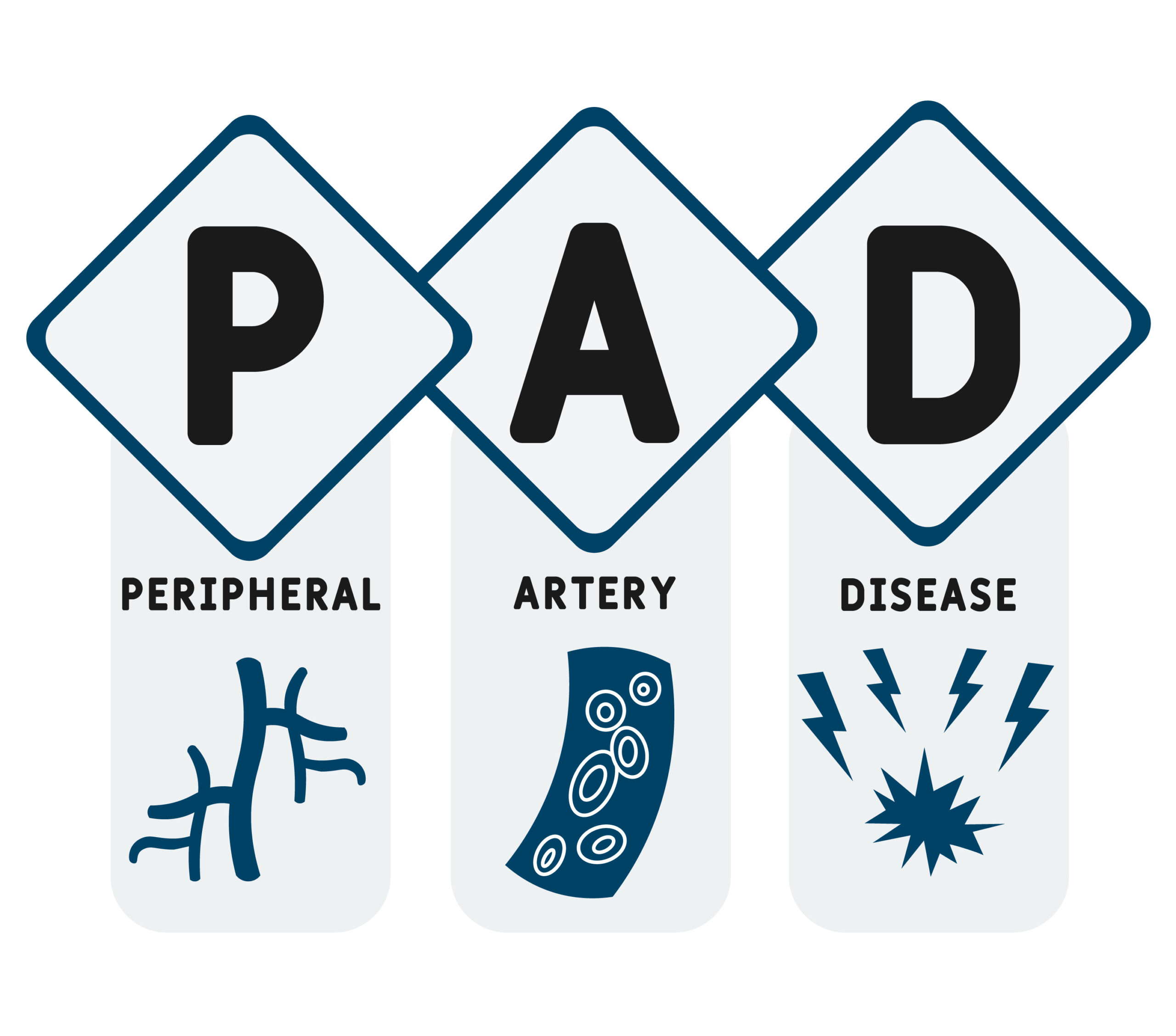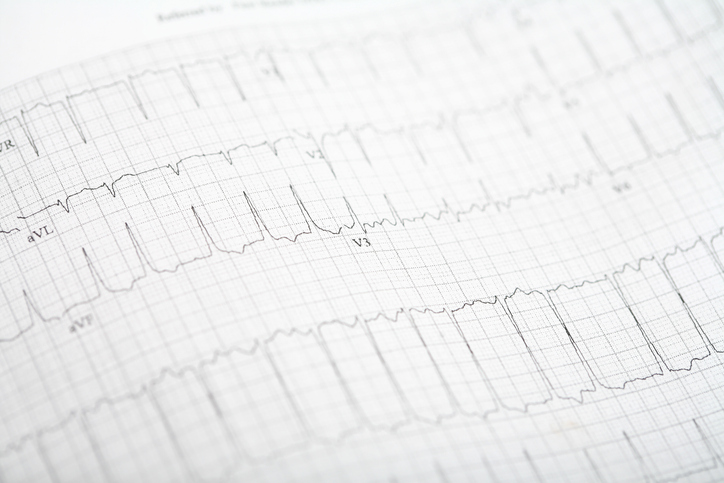
In the VOYAGER PAD study, published in the Journal of Thrombosis and Haemostasis, researchers assessed symptom burden in patients with vascular diseases after they underwent lower extremity revascularization (LER) for symptomatic peripheral artery disease (PAD). The study’s contributors, led by first author Scott D. Berkokwitz, reported that, after LER, “assessing total arterial and venous thrombotic events, not just first events, provides more complete information about disease burden and absolute on-treatment impact.”
Additionally, the study’s authors noted that, “following LER, judicious modulation of more than one coagulation pathway can provide broader benefit than intensifying inhibition of one hemostatic system component.”
The trial included a total of 6,564 randomized patients with symptomatic PAD who underwent LER and then rivaroxaban 2.5mg twice a day—or a placebo—on an aspirin background. The researchers used marginal proportional-hazards models to generate hazard rations (HR) and 95% confidence intervals (CI) for both first and total events. Non-thrombotic-related deaths were treated as competing terminal events, and the incidence rates after LER were calculated in number of events per 100 patient-years of follow-up.
According to the article, the rate of first and total thrombotic events after LER was 7.1 and 10.3 events per 100 patient-years, respectively, in the placebo group. Two-thirds (67.4%) of the total thrombotic events were nonfatal first events (arterial = 95%; venous = 5%). Furthermore, nearly one-third of patients with a first event had a second arterial or venous thrombotic event. The authors observed that rivaroxaban plus aspirin reduced the rate of first and total arterial and venous thrombotic events to 5.4 and 7.9 events per 100 patient-years, respectively, for a reduction of over 23 percent (HR = 0.77; 95% CI, 0.67–0.89; p = 0.0005); The authors calculated that the reduction comprised approximately 6.1 less total arterial and venous thrombotic events over a three year period.
Overall, the authors recommended using total arterial disease events over just first events to assess a patients’ disease burden and absolute on-treatment impact. They felt that their findings could improve the treatment plans of patients with PAD who underwent the LER procedure.







 © 2025 Mashup Media, LLC, a Formedics Property. All Rights Reserved.
© 2025 Mashup Media, LLC, a Formedics Property. All Rights Reserved.